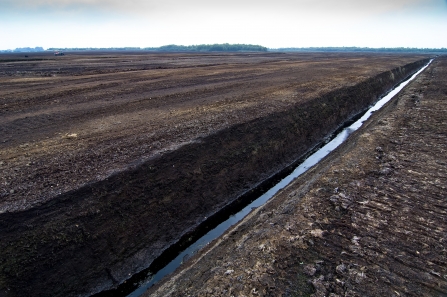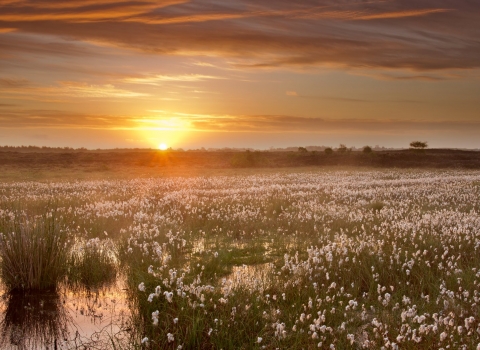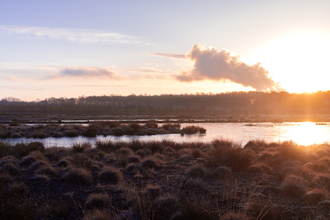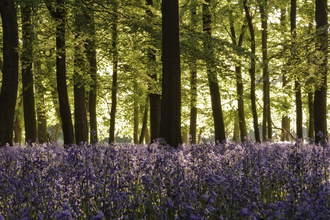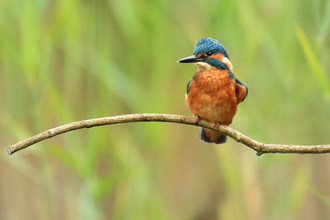It’s a spring morning at Little Woolden Moss, where I’m lucky enough to be taking my daily exercise, and where I hope that this one visit can show why I love and have always loved our mosses.
Almost before I set off, a choir of willow warblers set the soundscape as they tell their story. They sing of their African wintering grounds, their return migration back to their place of birth, and how they are readying themselves to raise their family.

